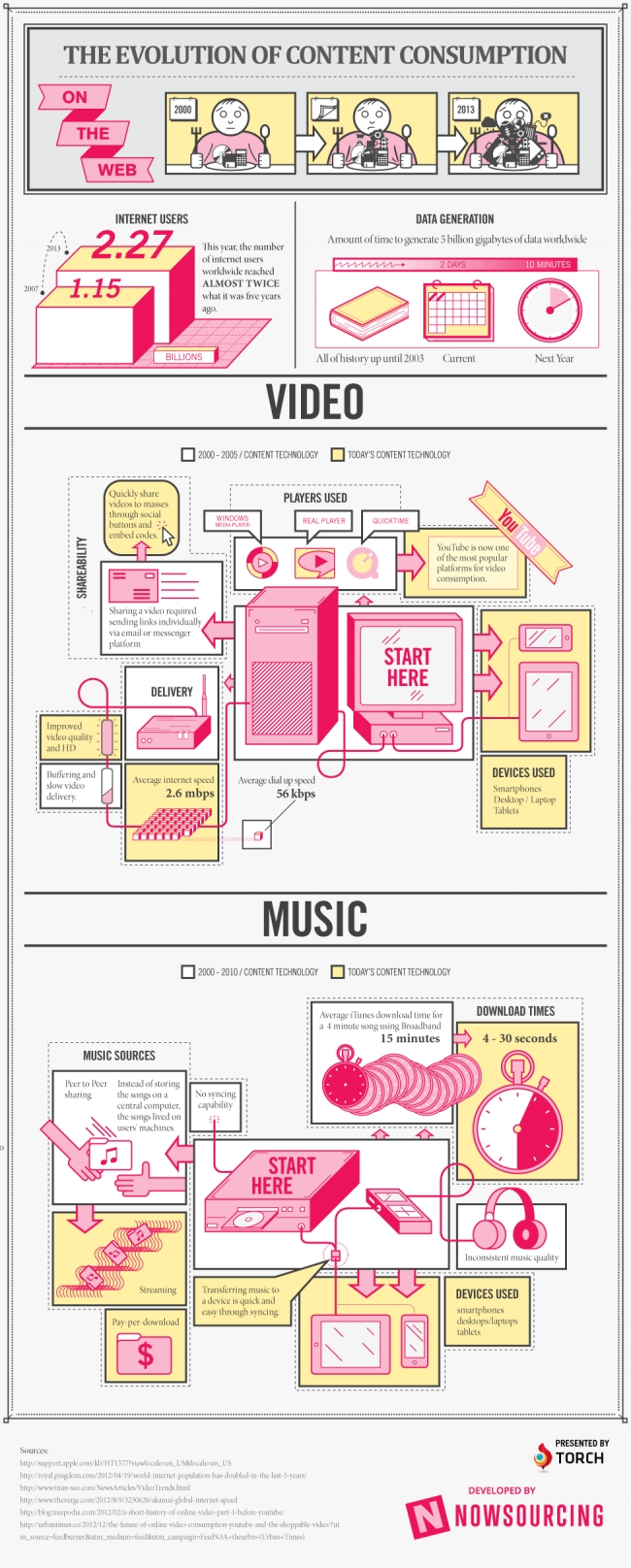Question: How many ways are there to consume music today?
Answer: More than you can guess. The way we consume content, including music, has undergone a few changes in the past decade or so. As recently as the years between 2000 and 2005, we connected to the Internet at a speed of about 56 kbps. Today, Internet connection speeds average about 2.6 mbps. What seemed like the greatest thing since sliced bread in 2000 would seem so frustratingly slow that today’s users would be utterly appalled by the length of time it took to load a single web page. Thanks to the speed at which we can connect to the world at large, we’re consuming a great deal of content in new ways.
Desktop PCs, while still used in business and office settings, as well as many homes, are often a last resort to mobile users. We prefer to connect on the go, without being chained to a desk, using devices such as smartphones and tablets. We’re consuming the majority of our content today digitally. Whether it’s music, video, news or even books—we turn to the World Wide Web first. Take a look at the infographic below for more details on how content consumption has evolved over the past 10 to 15 years.










